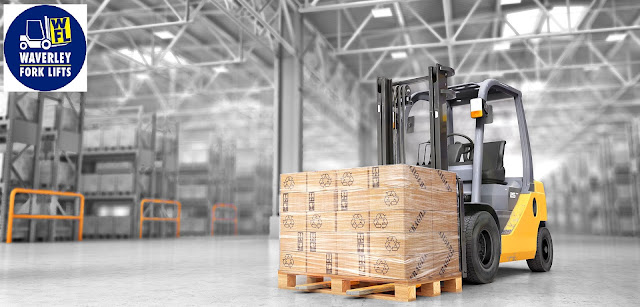Key Benefits of Using Autonomous Forklifts in Warehouse Operations
In the fast-paced world of warehousing and logistics, efficiency is paramount. Every aspect of operations, from inventory management to order fulfilment, plays a crucial role in meeting customer demands and staying ahead of the competition.
Among the myriad tools and technologies available, forklifts Australia have long been a staple in warehouse operations.
However, with the advent of autonomous technology, Forklifts are undergoing a revolutionary transformation, offering a host of benefits that are reshaping the industry landscape.
The Rise of Autonomous Forklifts
Forklifts have traditionally been operated by skilled drivers, manoeuvring through narrow aisles and tight spaces to transport goods within the warehouse. While human operators have served their purpose admirably, the rise of autonomous technology is ushering in a new era of efficiency and productivity.
Autonomous Forklifts leverage cutting-edge sensors, cameras, and artificial intelligence algorithms to navigate the warehouse environment with precision and accuracy.
Streamlined Operations with Autonomous Forklifts
One of the primary benefits of autonomous forklifts Australia is their ability to streamline warehouse operations. By eliminating the need for human operators, these advanced machines can operate 24/7 without the limitations of fatigue or breaks. This uninterrupted workflow ensures consistent productivity and enables warehouses to meet demanding delivery schedules with ease.
Enhanced Safety and Reliability
Safety is a top priority in any warehouse environment, and autonomous forklifts are designed with this principle in mind. Equipped with advanced collision detection systems and obstacle avoidance technology, these intelligent machines can easily navigate crowded spaces while minimising the risk of accidents and injuries.
Moreover, autonomous forklifts adhere to predefined routes and protocols, reducing the likelihood of human error and ensuring reliable performance at all times.
Optimised Space Utilisation
Space is a valuable commodity in warehouses, and efficient space utilisation can significantly impact operational efficiency and cost-effectiveness. Autonomous Forklifts excel in this regard, thanks to their ability to navigate through narrow aisles and utilise vertical storage space effectively. By maximising storage capacity and minimising wasted space, these automated machines enable warehouses to store more inventory and fulfil orders more efficiently.
Increased Flexibility and Scalability
In today's dynamic business environment, flexibility and scalability are essential for success. Autonomous Forklifts offer unparalleled flexibility, allowing warehouses to adapt to changing demands and seasonal fluctuations with ease.
Whether it's ramping up operations during peak seasons or reconfiguring workflows to accommodate new product lines, these versatile machines can seamlessly adjust to evolving requirements without the need for extensive retraining or retooling.
Cost Savings and ROI
While the initial investment in Autonomous forklifts WA may seem substantial, the long-term cost savings and return on investment (ROI) are undeniable.
These automated machines offer significant cost savings over their lifespan by reducing labour costs, minimising product damage, and optimising operational efficiency.
Moreover, the increased productivity and throughput enabled by Autonomous Forklifts translate into higher revenue potential and improved warehouse profitability.
Conclusion
In conclusion, the adoption of Autonomous Forklifts represents a paradigm shift in warehouse operations, offering a host of benefits that drive efficiency, safety, and profitability.
From streamlining operations and enhancing safety to optimising space utilisation and increasing flexibility, these intelligent machines are revolutionising the way warehouses operate.
As the industry continues to embrace automation and innovation, Autonomous forklifts Australia will undoubtedly play a central role in shaping the future of warehousing and logistics.




Comments
Post a Comment